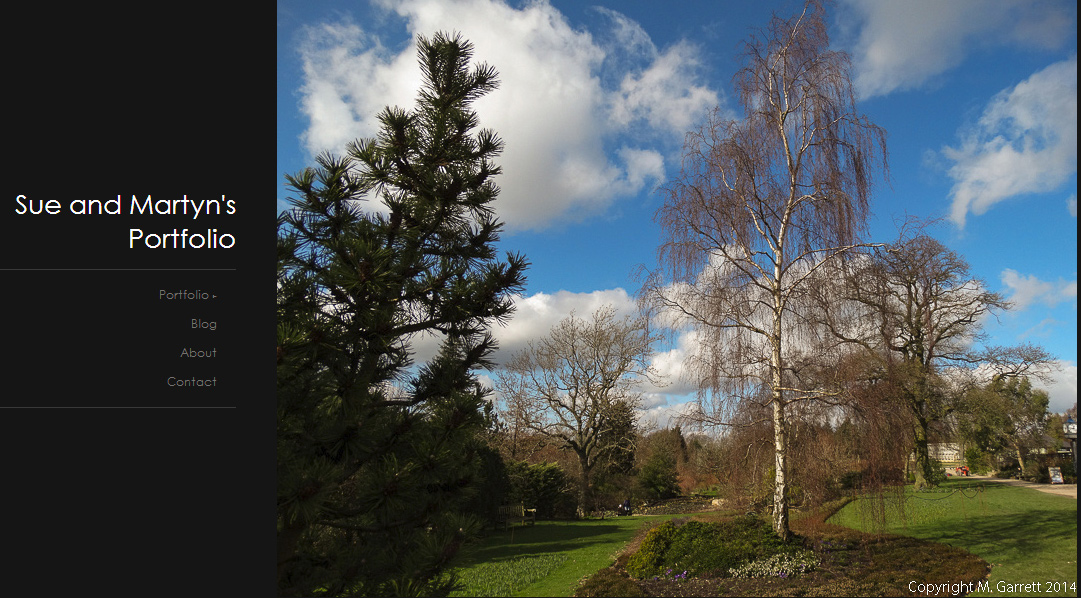Copyright: Original post from Our Plot at Green Lane Allotments http://glallotments.blogspot.co.uk/ author S Garrett
Concern shifts from wet to cold
-
Throughout April our concern has been the lack of anything resembling a dry
spell of weather. However, the latter half of the month has been drier and
the ...
1 year ago















































Without a guide I can't, though I have just googled one & I don't think we have many of the harlequin variety here.
ReplyDeleteI've looked at guides and still cab't be sure which are harlequins, Jo. Harlequins have brown legs and so do some of these but do none of our natives have legs, I know size is another identifier but are all ours smaller than harlequins? I can identify larvae as they are so different with the harlequin larvae being spiky so I guess I'll look out for those. Also when two different species mare as they obviously do - is it successful and are the young hybrids?
DeleteOh my goodness, that video should come with an X rating. I would think they're all harlequins except for the two which are enjoying themselves.
ReplyDeleteI did have to censor Martyn's title of the video, Jo
DeleteThe only thing I can see is that you have an amazing camera. Photos are so good it's like looking at them in nature.
ReplyDeleteThank you Leanan
DeleteLife is so complicated these days. Sigh. When I was little it was ladybirds good, slugs bad. It was a simpler time.
ReplyDeleteI know, CJ. If a ladybird is smaller than 5mm it is NOT a harlequin but if it is bigger it can be either. So now I need to go round with a ruler! Do I measure across or along it's length. Maybe I need to make a paper ladybird with a 5mm diameter.
DeleteThanks for the link to the epetition, which I have duly signed!
ReplyDeleteThanks swefling
DeleteThe way I distinguish them is that harlequin ladybirds have white markings on their head with a black pattern that (with a bit of imagination) resembles the letter W. It is easy to see on some and more difficult on other, here is a photo from Wikipedia: http://en.wikipedia.org/wiki/File:Harmonia_axyridis01.jpg
ReplyDeleteFrom what I can see, all your photos are of harlequin ladybirds. I don’t know what they are in your amazing video as I can’t see their heads, I kept saying to my screen ‘Turn around, turn around!’ - but they didn’t so I can’t tell, if you have any photos of them you might go back and check.
In my garden I see at least 50 harlequin ladybirds for every single native ladybird, and some years I hardly see any native at all. It’s sad. I no longer touch harlequin ladybirds, after having been bitten by one. If I want to move one to a rose bush I use a leaf.
I read that somewhere too, Helene which is why I showed the top photos close up. Them I found an identification sheet for native species and some of them seemed to have the markings! BY the way the native ones will bite too.
DeleteWhat wonderful pictures Sue - harlequins or natives - no idea - but lovely to see whatever they are. None in my garden at the moment - it seems you have them all.
ReplyDeleteAll the photo were taken at the same time on one of the jostaberry bushes, Elaine. Martyn took the video when he was clearing last year's brassica bed,
DeleteThe ladybugs look so cute! I have them in my garden too! But don't know their variety though.....
ReplyDeleteHere in the UK we call them ladybirds, Malar.Not sure why bird other than they fly!
DeleteStruth! They can be energetic can't they? Interesting post.....I always thought the native ladtbirds have the fewest spots.....tricksy though.xxx
ReplyDeleteThey don't believe in half measures, Snowbird. Our natives have all sorts of numbers of spots and are all sorts of colours too.
DeleteSee this page on my website
Gosh! There is much to learn! Insects do baffle me, there are so many species ....one day they will rule this little planet of ours! xxx
DeleteThis post is so educational :) And the video at the end - great! and funny :)
ReplyDeleteIt's serious business for the ladybirds, Dewberry
DeleteI don`t know the difference Sue, they say that they are pushing our native lady bird out but others say as long as they all eat aphids does it matter, nice macro work by the way
ReplyDeleteIt's amazing, David. Until I took the photos I hadn't realised that ladybirds retracted their heads tortoise fashion. (photo 6). Photography opens up a new world doesn't it?
DeleteFlipping heck, I had no idea the world of the ladybird was so complex! Sue, your posts, and the comments that follow them, are just fantastic. Ps, what camera do you use?
ReplyDeleteMy camera is a Panasonic Lumix DMC FZ72, Lee
Delete